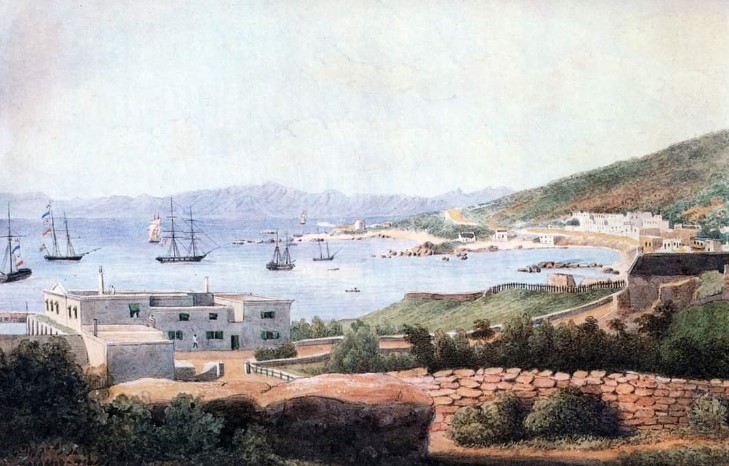
TWO years before Simon’s Town was declared a white group area and a process set in motion that over the next few years result in the majority of its colored residents being moved to present-day Ocean View, 1500 African residents were moved from the outskirts of the town.
The apartheid government did not need a Group Areas Act to remove the residents of Luyolo.
Functionaries of the National Party had a battery of nearly 20 laws which they could apply to forcibly move mainly African people from wherever they were living – and they were prepared to apply these with missionary zeal.
One of the harshest, most cynical of these pieces of legislation was the Black Prohibition of Interdicts Act, which prevented those under threat of removal from seeking the protection of the courts – even if they could prove that the government was acting beyond their powers in trying to move them.
The courts were barred from issuing orders restraining officials acting on behalf of the government from carrying out removals.
These officials could call on the full might of the state – including the police, the security police and army – to, for instance, detain activists and ban meetings.
Officials also had the power to enforce removals at gunpoint, if they found this to be necessary.
Worse, if they believed it necessary to call in the help of the army, no news of the removal of communities could be published in terms of laws preventing the disclosure of the movement of the country’s armed forces.
It was little wonder then that the close-knit community of Luyolo was removed so quickly, so brutally and with such precision.
One day the ‘location’ was there. The next day it was gone, with its residents moved to the far-off township of Gugulethu, which most of them didn’t know.
Mzimkhulu Mamputa was a child when it happened, but even he was able to appreciate the horror that was inflicted on the community.
“The trucks came in and families were told to pack up their possessions and load it onto the vehicles,” he said.
What we couldn’t squeeze in had to be left behind.
We had furniture we couldn’t bring. My tricycle had to stay behind.
The waxed boards that we used to sail down the sand with, couldn’t come with us,” Mamputa said.
He said people had to leave their dogs behind.
“We were more fortunate in this respect. We had a big, strong dog called ‘Wagter’ which somehow we managed to fit in with us.
“When these removals are discussed, the sense of loss suffered by adults are almost always mentioned. But the children, the youngsters, were also deprived of things we loved.
This, and being forced to move so brutally, had a massive effect on us,” he said.
My older sister Kuku was in Johannesburg when we were moved. When she returned and travelled to what used to be her home, there was nothing for her to see.
She had kept chickens, almost as pets. She loved them – and now they were gone. She was heartbroken,” Mamputa said.
In Luyolo, Mamputa had lived in ‘two houses’, which were side by side – the one belonging to his mother and the other to his grandmother.
Despite the imperfections of the location – it had, for instance, only one road in and out of it – it was for him, in many ways, an idyllic existence. “I would run up and down the hills with my friends.
The beach was within walking distance. We’d swim every day,” he said.
Gugulethu was a different world for him and his friends.
For his mother and grandmother, both of whom had worked close by to their previous home – the one in Fish Hoek and the other in Kalk Bay – travelling became a burden.
The whole world of the community was thrown into chaos, he said.
STORY OF THE DAY |
Simon’s Town firefighting efforts continue into the night as evacuations start after midnight |
By Kyra Wilkinson and Victoria O’Regan |
Firefighting efforts continued overnight as flames scarred the eastern slopes of the Simon’s Town mountain, south of Cape Town.
|
http://simonstownmuseum.org.za/
https://www.capetown.travel/get-to-know-the-african-penguins-at-boulders-beach/
https://web.facebook.com/p/Warrior-Toy-Museum-100069644760455/?_rdc=1&_rdr
https://www.simonstown.com/just-nuisance/
https://www.dailymaverick.co.za/article/2025-01-21-diver-simons-town-rabid-seal-attack/
